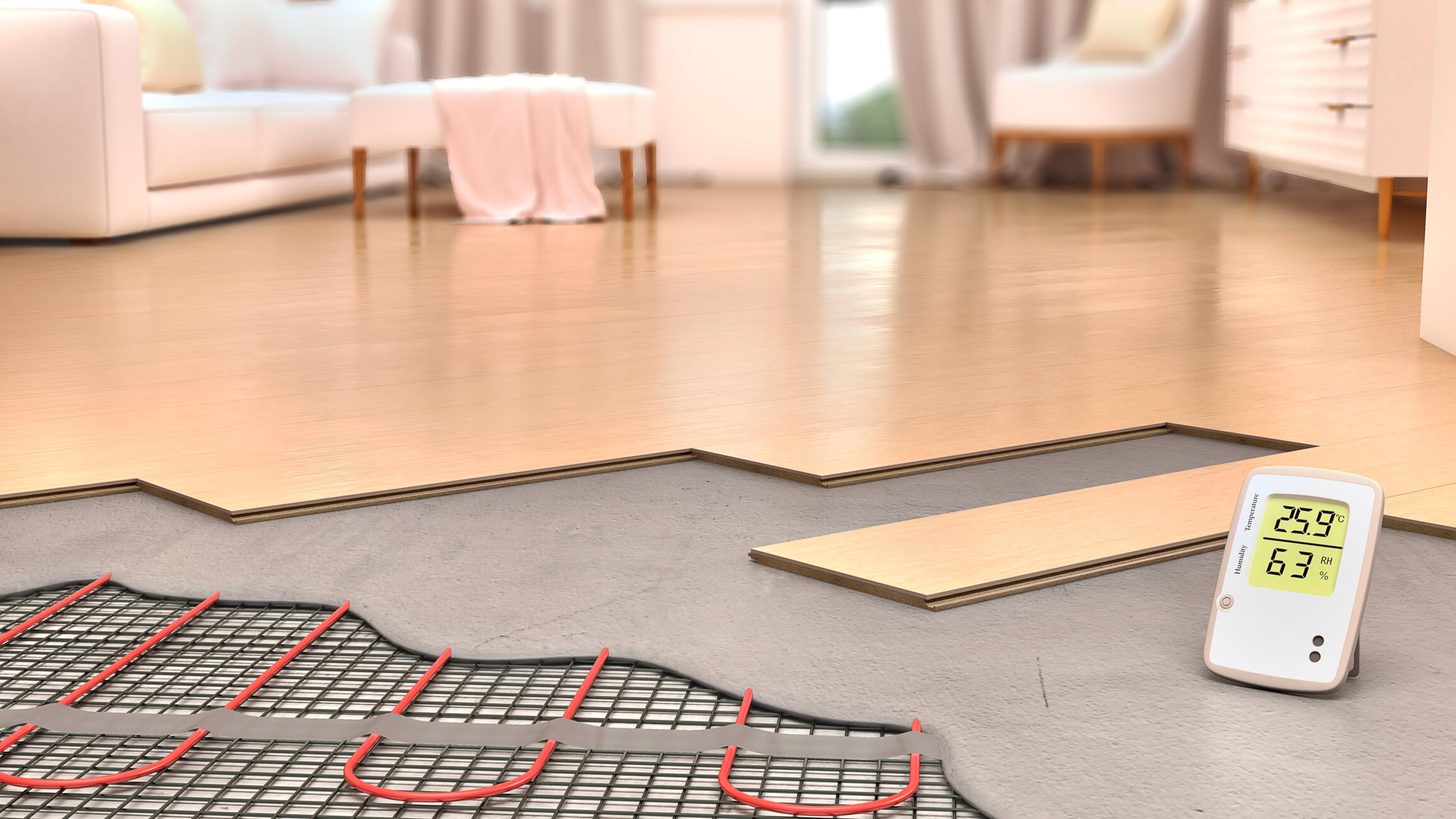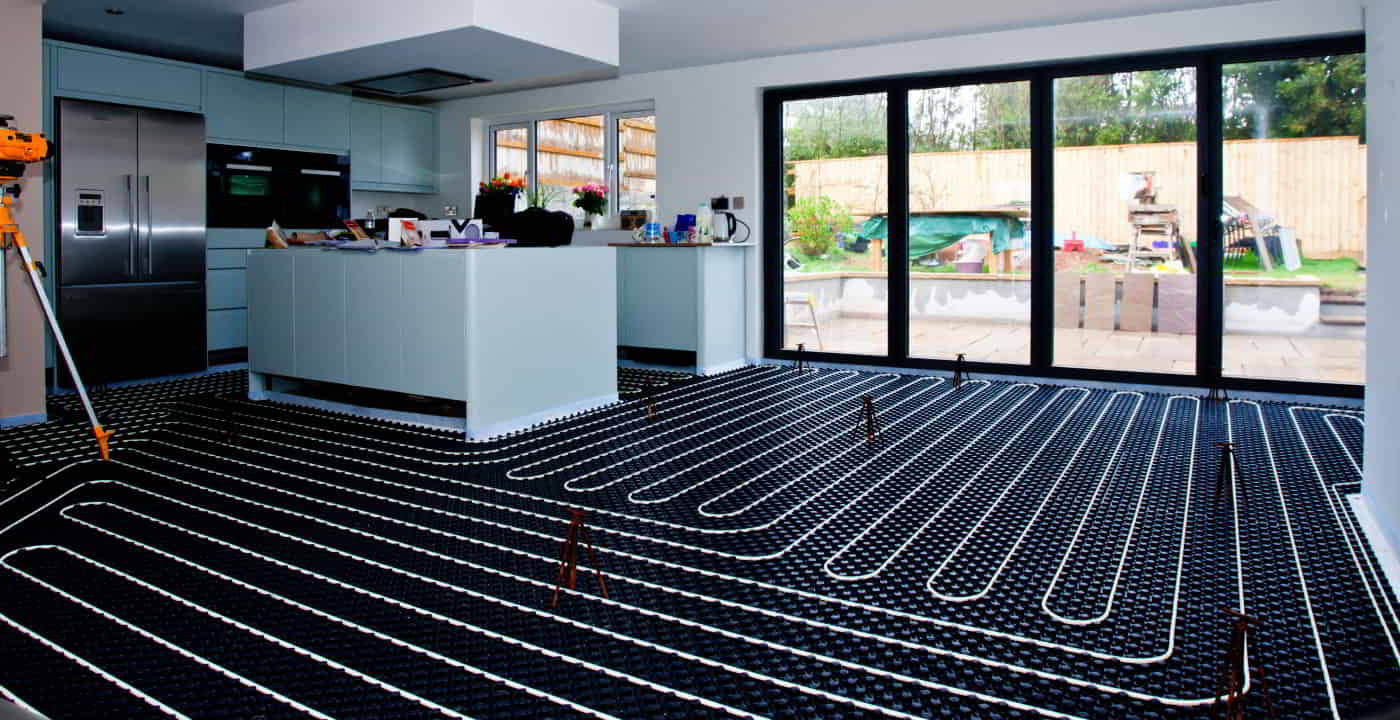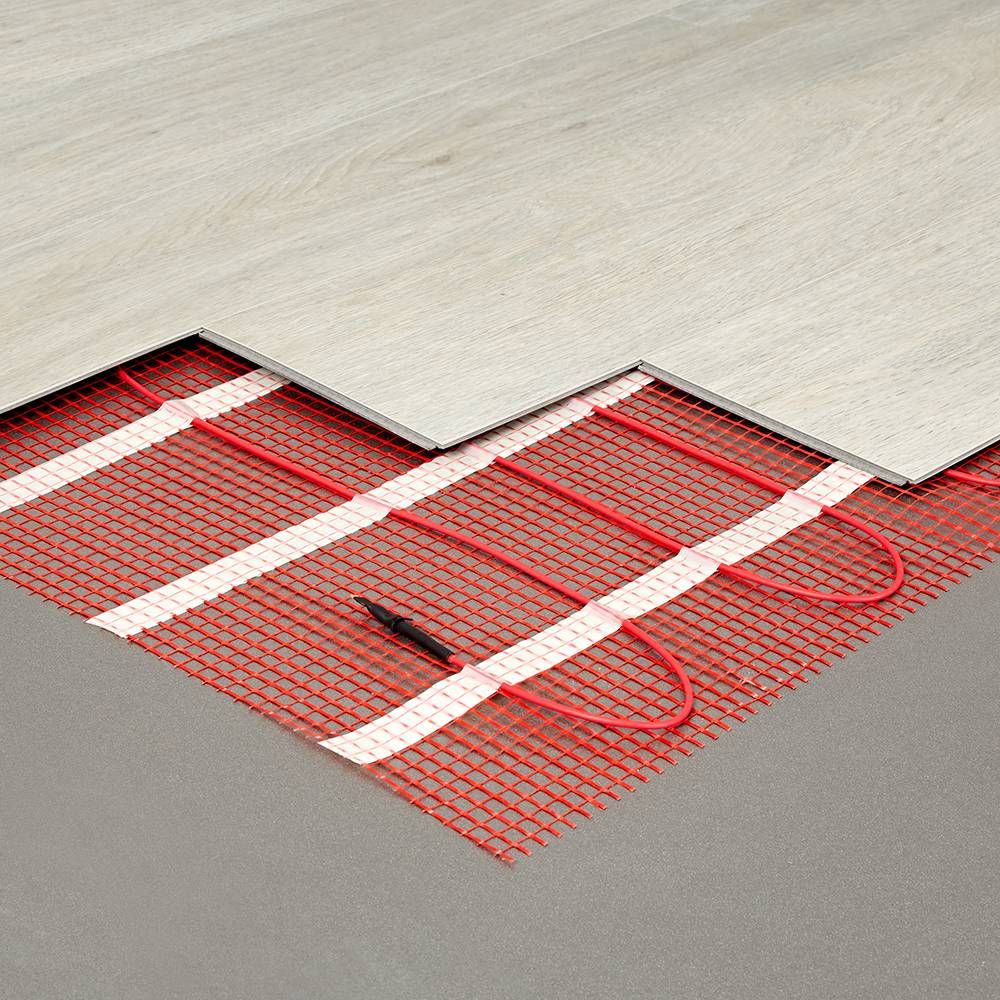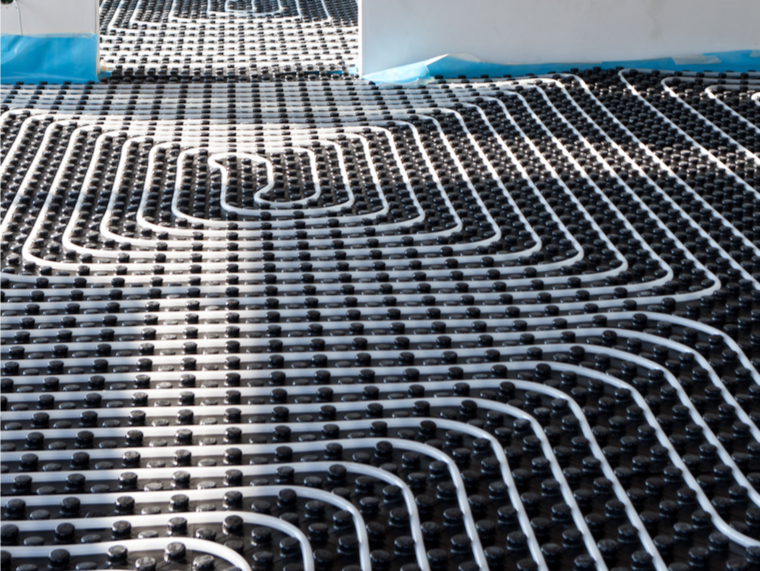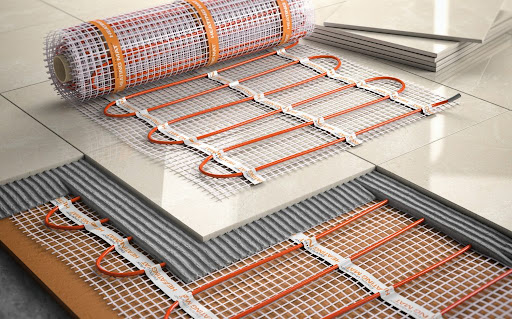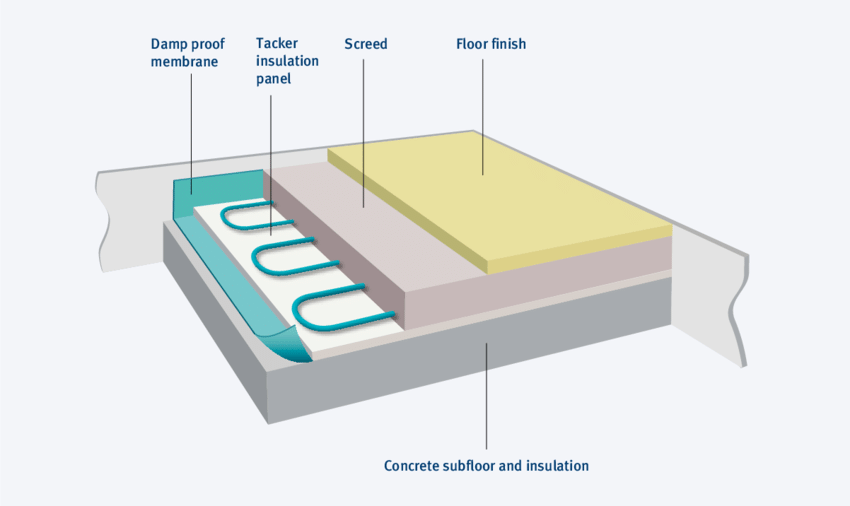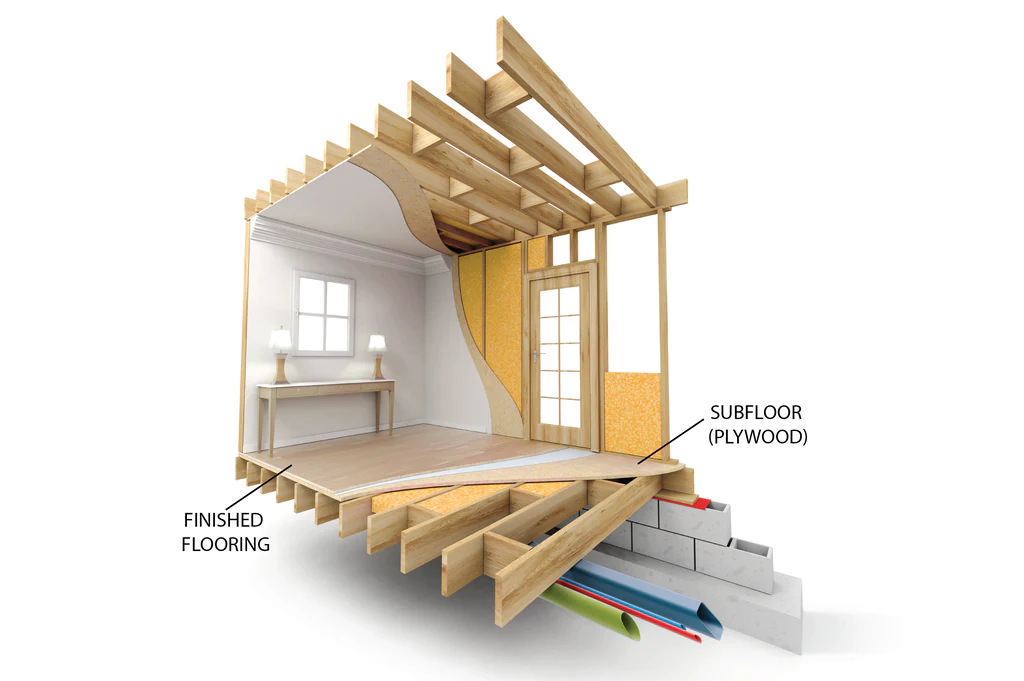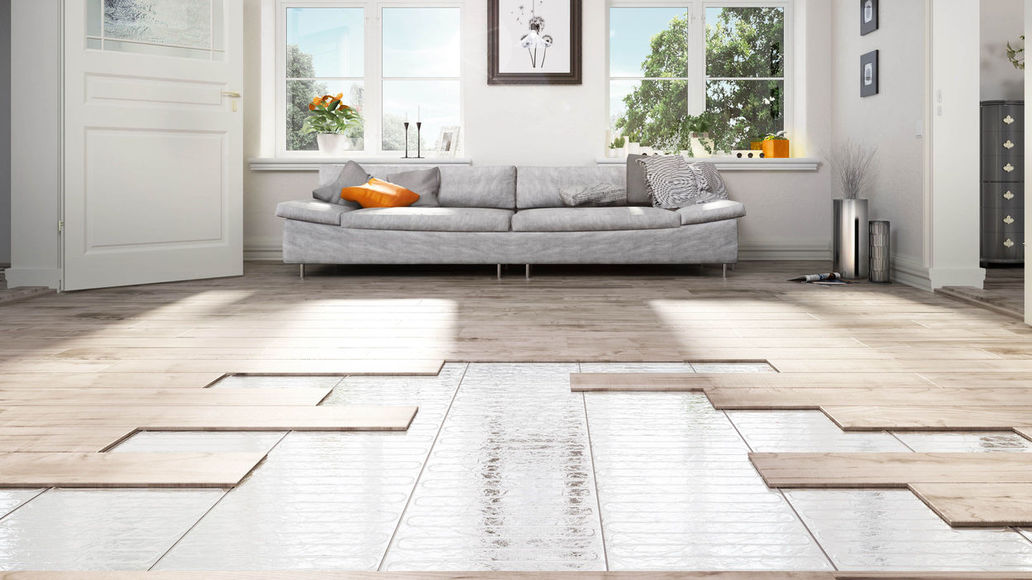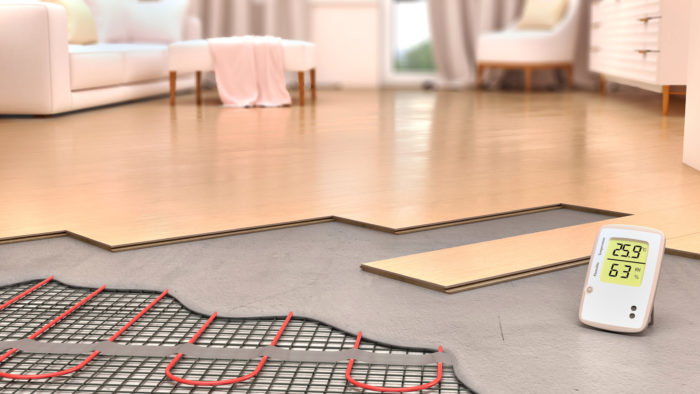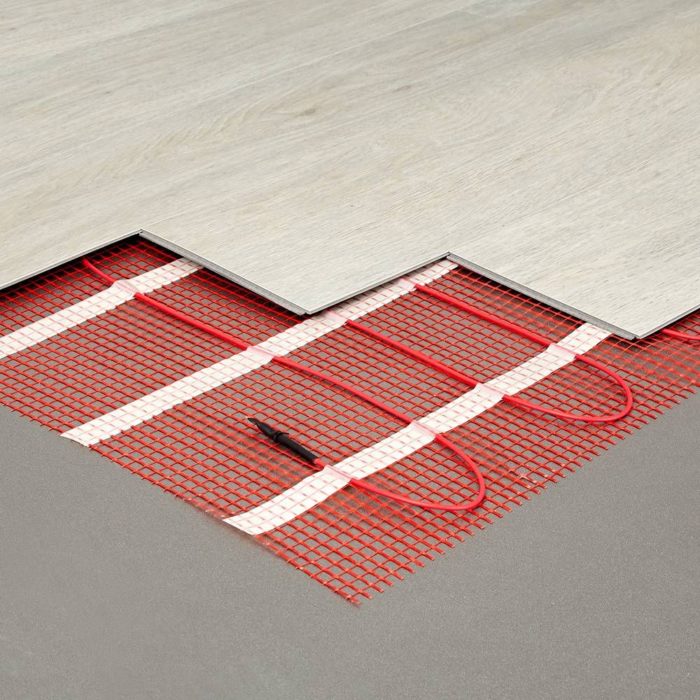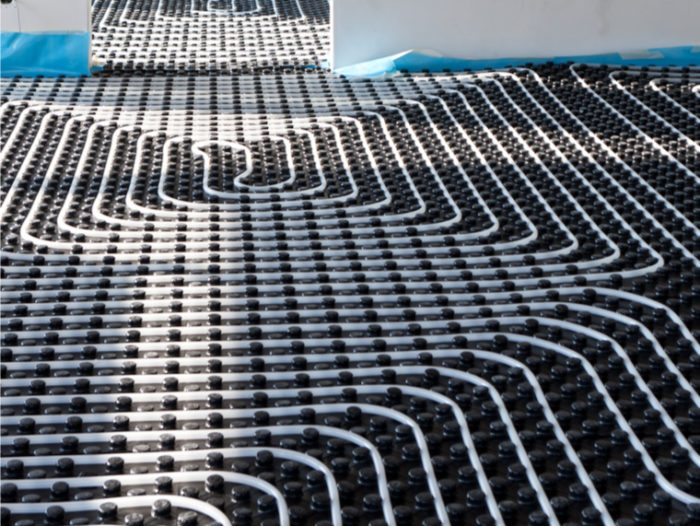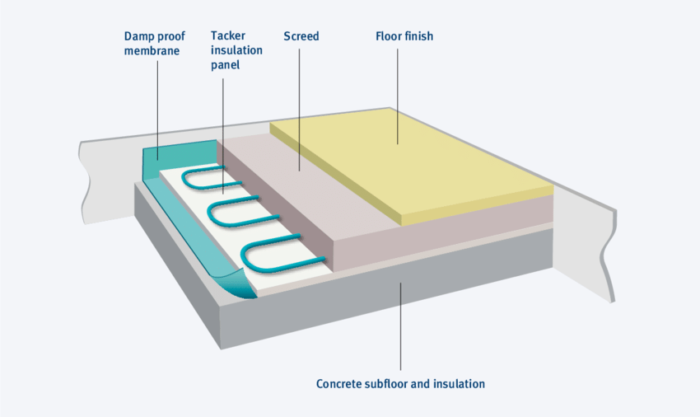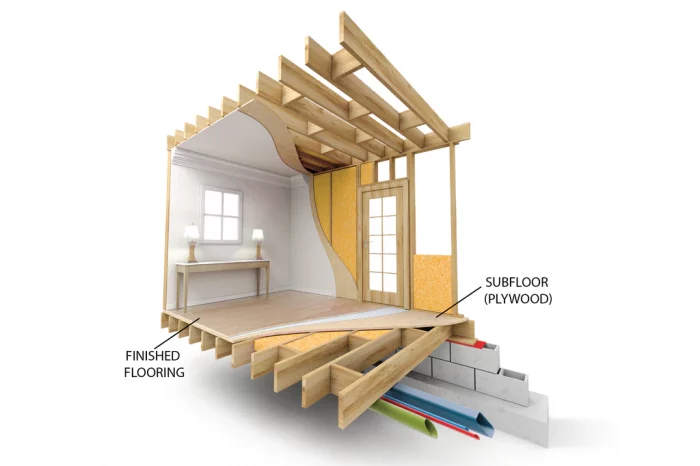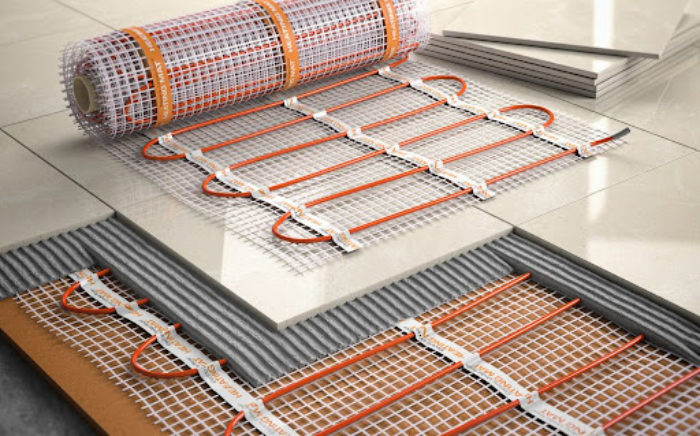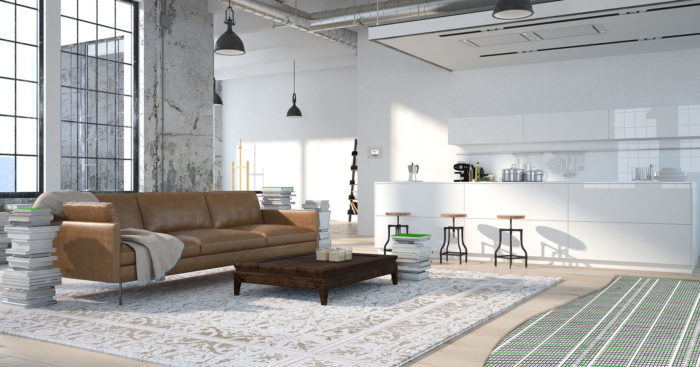Imagine waking up on a chilly morning, stepping out of bed, and being greeted by the cozy warmth of the floor beneath your feet. Underfloor heating is a luxurious and efficient way to transform your living spaces into havens of comfort while adding a touch of sophistication to your home. Whether renovating an existing space or building a new home, underfloor heating installation can be a game-changer in how you experience warmth during the colder months. In this comprehensive guide, we will take you on a journey into the world of underfloor heating, providing you with everything you need to know to make an informed decision and ensure a successful installation.
The Magic of Underfloor Heating
Underfloor heating, or radiant floor heating, is an innovative heating system that radiates heat directly from the floor surface. This efficient heating method offers numerous advantages over traditional heating systems, such as radiators or forced-air systems. One of the key benefits is its ability to provide uniform heat distribution across the room, eliminating cold spots and ensuring maximum comfort.
Unlike traditional heating systems, it operates silently and discreetly, enhancing the aesthetic appeal of your living spaces without the need for bulky radiators or vents. It also frees up valuable wall space, allowing for more flexible interior design options. These heating systems can be installed in various parts of the house, including bathrooms, kitchens, living rooms, and even outdoor areas, providing warmth wherever desired.
Types of Underfloor Heating Systems
There are two main types of underfloor heating systems: electric and hydronic (water-based) systems. Each system has unique advantages, and choosing the right one depends on factors such as your budget, energy efficiency goals, and the size of the area you want to heat.
Electric underfloor heating consists of electric cables or mats installed beneath the floor. This system is relatively easy to install, making it a popular choice for smaller areas or retrofitting projects. It offers precise temperature control and can be more energy-efficient in specific scenarios.
Hydronic underfloor heating, on the other hand, uses hot water flowing through a network of pipes installed beneath the floor. It is highly efficient for larger spaces and is often favored for new construction projects. While the installation process is more complex than electric systems, the long-term energy savings and heat distribution make it a compelling option for many homeowners.
Underfloor Heating’s Advantages
1) Unmatched Comfort and Even Heat Distribution
Underfloor heating ensures your living space is uniformly heated, leaving no cold corners or drafts. It creates a cozy and inviting environment, making barefoot walks on the floor a delightful experience.
2) Energy Efficiency and Cost Savings
Underfloor heating operates at lower temperatures than traditional heating systems, reducing energy consumption and lower utility bills. It maximizes heat retention, ensuring minimal heat loss and better overall efficiency.
3) Space-Saving and Aesthetic Appeal
With underfloor heating, say goodbye to bulky radiators or wall-mounted heaters that take up precious space. This heating solution is virtually invisible, allowing you to design your interiors without heating-related constraints.
4) Noise-Free Operation
Unlike conventional heating systems that often produce noise, underfloor heating operates silently, promoting a peaceful and tranquil atmosphere within your home.
Preparing for Underfloor Heating Installation
Before diving into the installation process, some essential preparations are necessary to ensure a smooth and successful project.
- Choose the Right Flooring Material: While underfloor heating can be installed beneath various types of flooring, some materials conduct heat better than others. Tile, stone, and concrete are excellent choices as they allow for efficient heat transfer, while thicker materials like hardwood might require additional planning.
- Inspect Subfloor Conditions: Before installation, assess the condition of the subfloor to identify any issues that need to be addressed. Ensure the subfloor is flat, dry, and free from debris or imperfections that could interfere with the heating system.
- Select the Appropriate Heating System: Based on your heating needs, budget, and space, choose between electric and hydronic underfloor heating systems. Each system has pros and cons, so consider energy efficiency, installation complexity, and long-term costs.
- Calculate Heat Load: Determining the heat load of your space is crucial for selecting the right size and capacity for the underfloor heating system. Professional installers can help with this step to ensure optimal performance and efficiency.
Underfloor Heating Installation
Remember, the success of underfloor heating installation depends on following the specific instructions provided by the manufacturer. If you’re unsure or inexperienced, consider hiring a professional to ensure a safe and efficient installation.
- Plan and Measure:
- Determine the areas where you want to install underfloor heating and measure the rooms to calculate the heating load required.
- Choose the Type of Underfloor Heating:
- Decide between electric and hydronic underfloor heating, considering energy efficiency, cost, and compatibility with your heating system.
- Prepare the Subfloor:
- Ensure the subfloor is clean, dry, and level. Consider adding insulation boards or reflective foil for improved efficiency for electric systems.
- Lay Out Heating Elements:
- For electric systems, lay out the heating mats or cables according to the manufacturer’s guidelines, ensuring proper spacing and even distribution.
- Position the PEX tubing in a serpentine pattern across the subfloor using clips or specialized grooved panels for hydronic systems.
- Connect the Heating Elements:
- For electric systems, connect the heating elements to a sensor and thermostat for temperature control.
- For hydronic systems, connect the PEX tubing to a manifold, which will regulate the flow of hot water.
- Pressure Test (Hydronic Systems Only):
- Before pouring the final floor layer, perform a pressure test on the hydronic system to check for leaks or issues.
- Covering and Protecting the Elements:
- Cover the heating elements for electric systems with a thin-set mortar or self-leveling compound.
- For hydronic systems, pour a layer of concrete or floor screed over the PEX tubing, embedding it securely.
- Install Final Flooring:
- Lay the final flooring material (tiles, hardwood, laminate, etc.) over the underfloor heating system, ensuring it’s suitable for underfloor heating.
- Test and Commission:
- Thoroughly test the underfloor heating system to ensure it’s functioning correctly and adjust thermostat settings as needed.
- User Guide and Maintenance:
- Provide the homeowner with a user guide explaining how to use and maintain the underfloor heating system.
- Recommend regular inspections and maintenance as per the manufacturer’s guidelines
Compatible Floor Coverings
Underfloor heating can be combined with various flooring materials, but some are more compatible. Here are some popular options that work well with underfloor heating:
1) Ceramic and Porcelain Tiles: Tiles are one of the best choices as they conduct heat efficiently and provide excellent thermal mass for retaining warmth.
2) Stone Flooring: Natural stone, such as granite, marble, and limestone, is also an excellent choice due to its ability to conduct and retain heat effectively.
3) Engineered Wood Flooring: Engineered wood is more stable than solid wood and better suited for use. Ensure the wood is not too thick, as it might limit heat transfer.
4) Vinyl and Laminate Flooring: Vinyl and laminate are good options as they are thin and allow heat to pass through easily. However, ensure they are compatible with your heating system and adhere to the manufacturer’s guidelines.
Final Thoughts
Underfloor heating is a luxurious and efficient way to transform your home into a haven of comfort and sophistication. This heating system offers numerous advantages over traditional heating systems by providing uniform heat distribution, energy efficiency, and a space-saving design. Whether you choose an electric or hydronic system, proper preparation and installation are crucial for optimal performance and longevity. With suitable flooring material and compatible floor coverings, you can enjoy the magic of underfloor heating for years to come.
